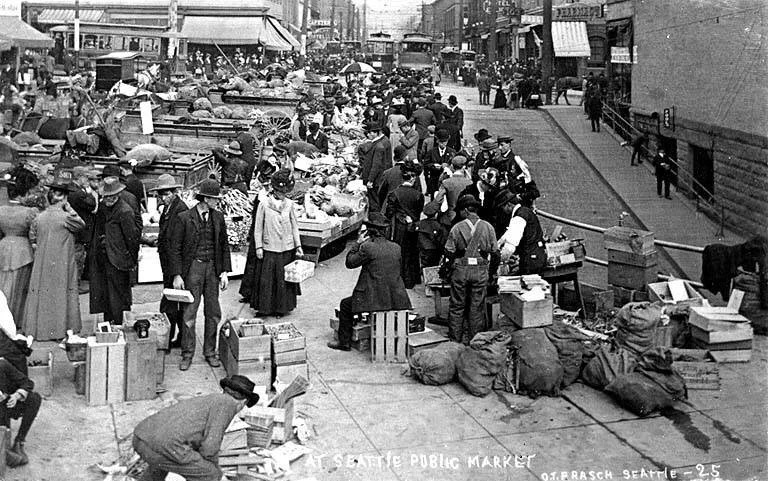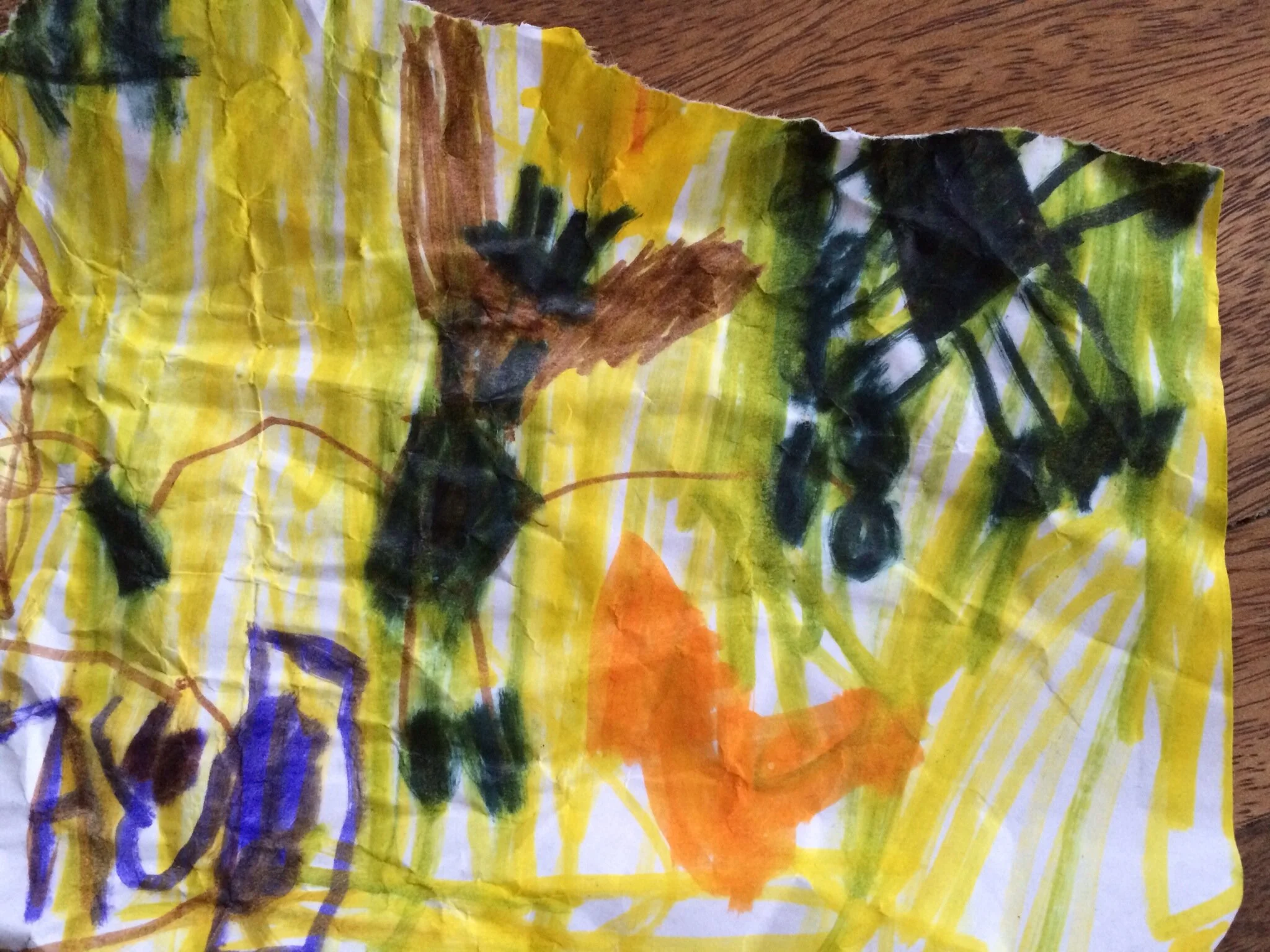The Pike Place Market is a National Historic District. In the district, you will find fishmongers, day-stall tenants, leaseholders, restaurateurs, farmers, and more than four hundred permanent residents. On an international scale, the Market is known as a tourist destination. As the longest continually operating Market in the United States, established in 1907, it attracts over ten million visitors a year. The Market is a valued part of Seattle life with fresh goods, seasonal produce, and artists and crafts people offering hand-made goods.
By 1907, when the Market opened, Seattle was a city filled with laborers and immigrants to America. The Pike Place Market reflected that diversity. Early tenants of the Market came from all over the world. The Pike Place Market has been called the “soul” of Seattle, a term used often by its advocates. The buildings have remained intact despite numerous attempts to tear them down or alter their use. It is people that continue to ensure the Market’s survival: individuals who are passionate about community, about independent business and local farming. Some of those individuals still remain in the Arcades as ghosts.
One is the resident ghost at Ghost Alley Espresso., Arthur Goodwin.
The very first day the Market opened, August 17, 1907, eight farmers showed up to sell and more than two thousand people showed up to buy.
There is an account of a farmer hiding behind his cart and placing a tin can out as the hordes of shoppers overtook his makeshift vegetable stand. The next day, forty farmers showed up to sell. And at the height of the Market’s history, three thousand daily workers showed up to sell along Pike Place, in the Arcades, in five levels of retail space below and along Western Avenue.
Arthur Goodwin, one of the Market’s first managers and a designer of the buildings, had his office close to Ghost Alley Espresso. Arthur designed the interiors of the Market to look like a theater. If you look up while walking in the Market you will see thousands of lightbulbs in the Arcade by Pike Place Fish. You may also start to notice the pillars and columns throughout the Market.
When I opened Ghost Alley Espresso in 2012 it was immediately apparent that something or someone was present there. On the east wall of the shop I used wire as well as nails to secure things to the walls, wrapping the wire both around the nail and any painting or fixture I put up, because things would fall or even fly off the nails. Electronics proved problematic and still do today. The Ipad, register and even espresso equipment would behave in ways as though someone unseen was interacting with them. Things fell, very well secured things fell. Even today the shop is routinely cleansed with sage and mediums are brought in to talk to the spirits.
Arthur may be one of many, but he is the one that makes himself most known. Baristas at the shop have felt the presence of a man in the shop. One barista, closing up, saw the apparition of a tall man in a hat standing in the doorway.
This drawing was done by a young child that had visited the shop. I received an email with this drawing attached. It was explained to me that this child saw a man inside the shop. He was wearing a dark suit and hat. She drew this image with a cage close to him. Her explanation was that “he was trapped.” However when she was asked is he was a ghost, she replied no, and the wings that she drew on his back were an indication that he was an angel. For me, when I saw it and compared it to the pictures I have seen of Arthur (like the one of him dancing) I knew this was the resident ghost at the shop.
Because the shop is built into the attendant’s room of a 1908 men’s bathroom it is easy for me to imagine it as a place Arthur frequented. At the time he would have frequented the space daily. Perhaps he would have had his shoes shined or picked up a newspaper and sat in the window. It is easy to imagine all of the reasons that space would give his soul comfort and, with the dedication he had to the Pike Place Market, it is also easy to imagine him connected to the buildings he helped design. “Trapped” by his own choice, I like to think, but also very much an angel in the Pike Place Market’s history.
Mercedes Carrabba, former owner of Ghost Alley Espresso



